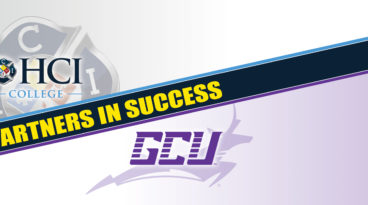
HCI College Joins Grand Canyon University’s Canyon Healthcare Education Collaborative
West Palm Beach, Fla. – HCI College is thrilled to announce a new partnership with Grand Canyon University (GCU) by joining the Canyon Healthcare Education Collaborative (CHEC). This alliance underscores the College’s commitment to advancing healthcare education and providing its students and staff with unparalleled opportunities in the healthcare field.
Read more






















